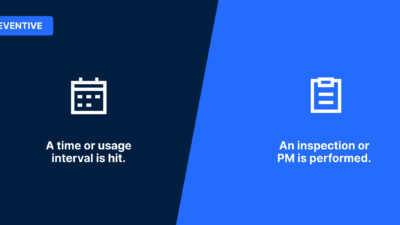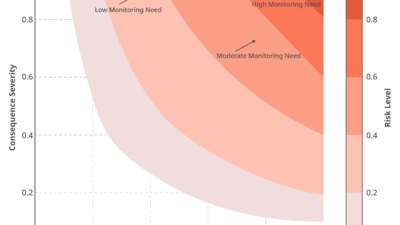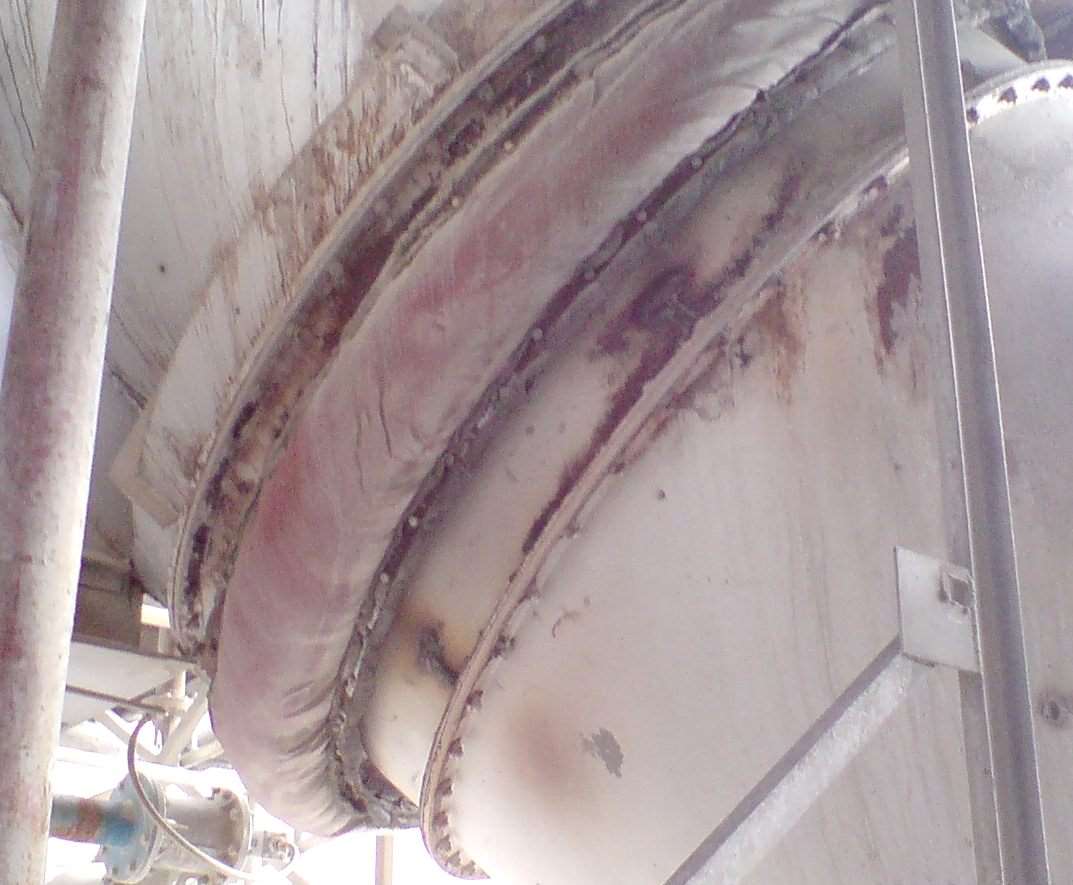Regardless of what maintenance philosophy a company enacts, having the right strategy is paramount and will mean the difference between success and failure.

Respondents
- John Gaddum, FA service manager, Bosch Rexroth, Hoffman Estates, Ill.
- Lance Gilbert, managing partner, Net Results Group, Louisville
- Pratibha Pillalamarri, senior product marketing manager, Aspen Technology, Houston
Question: When considering your most effective maintenance strategies, what are the advantages?
Lance Gilbert: In our most effective maintenance strategies, the advantages are notable, with a focus on achieving 95% data usability, 94% data integrity and a 94% reduction in time. These outcomes highlight the success of our strategies in ensuring accessible and reliable data, ultimately leading to streamlined processes and substantial time savings in maintenance operations.
Question: What are the primary challenges companies face when implementing predictive maintenance programs, and how can these obstacles be effectively overcome?
John Gaddum: The primary challenges are understanding exactly what needs to be monitored and what thresholds to set.
Pratibha Pillalamarri: Implementing predictive maintenance programs presents several challenges for companies. These include ensuring access to good quality data, integrating new technologies with existing systems, recruiting skilled personnel, balancing costs with expected returns and managing organizational change.
To overcome these obstacles, companies can develop robust data strategies to collect and analyze relevant data, collaborate with technology vendors and internal stakeholders for seamless integration, invest in training programs to build workforce skills, conduct pilot projects to demonstrate value and justify investment and communicate the benefits of predictive maintenance to gain buy-in from employees. By addressing these challenges effectively, companies can successfully implement predictive maintenance programs and realize improved asset reliability and reduced downtime.

Question: How easily can predictive maintenance strategies be scaled across different types of equipment or industries, and what adaptations might be necessary for maximum effectiveness in various contexts?
John Gaddum: It can be done, but the ease of implementation will vary by the differences and variety of the equipment and production processes. What’s for certain is each machine will need to have connectivity and extra equipment will most likely need to be added for monitoring purposes.
Pratibha Pillalamarri: Predictive maintenance solutions are versatile and applicable across industries, but adjustments may be needed for optimal effectiveness in diverse contexts. Scaling predictive maintenance solutions across assets and industries relies on data availability. As long as operational data or equipment logs are accessible, predictive maintenance solutions can transcend equipment and industry boundaries.
While different equipment types may demand tailored predictive models based on their unique operating conditions and maintenance needs, asset templates for common asset classes help with the implementation process, making it easy to get started. Transferring learning capabilities also allow for quick scalability, enabling adaptation from one asset to similar ones in similar services.
Question: What are the best practices for developing accurate predictive models for equipment failure, and how important is continuous model refinement in improving accuracy over time?
John Gaddum: Work with your original equipment manufacturers (OEMs) and the manufacturers of the hardware to determine where the thresholds should be set.
Question: In industries with stringent regulatory requirements, how do predictive maintenance strategies align with compliance needs, and what considerations are essential when balancing maintenance needs with regulatory obligations?
Lance Gilbert: Predictive maintenance strategies align with compliance needs by prioritizing the creation of an audit trail for maintenance work. This is particularly crucial in industries such as pharmaceuticals and oil and gas.
Maintaining a clear and comprehensive record of predictive maintenance activities ensures transparency and accountability, enabling organizations to demonstrate adherence to strict regulations during audits. Key considerations in balancing maintenance needs with regulatory obligations include implementing robust documentation processes, utilizing technology to enhance data accuracy and ensuring that predictive maintenance activities align with industry-specific compliance standards.



